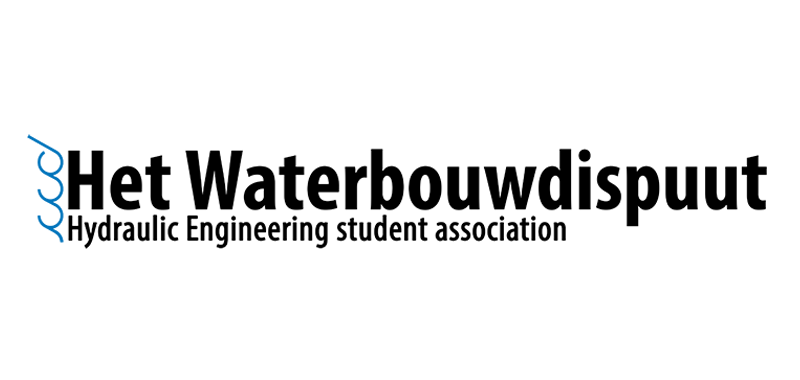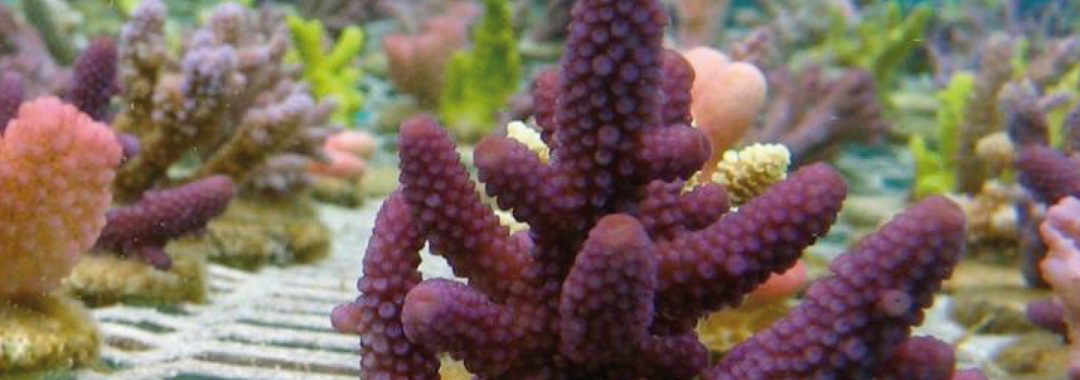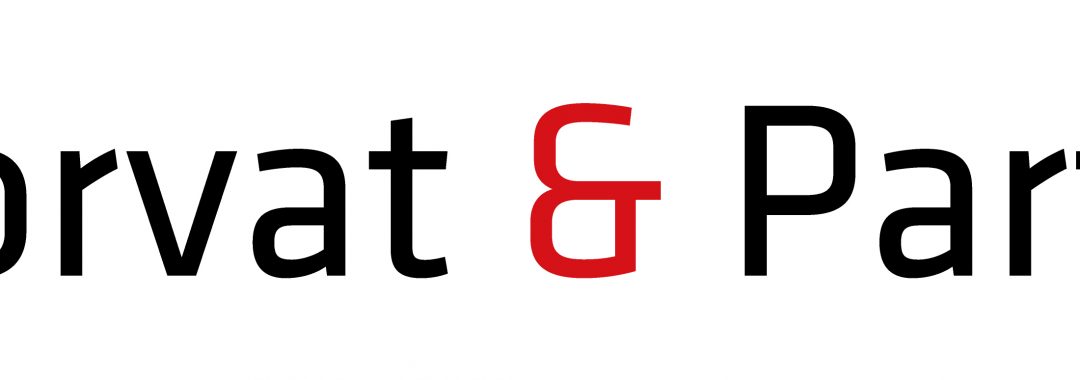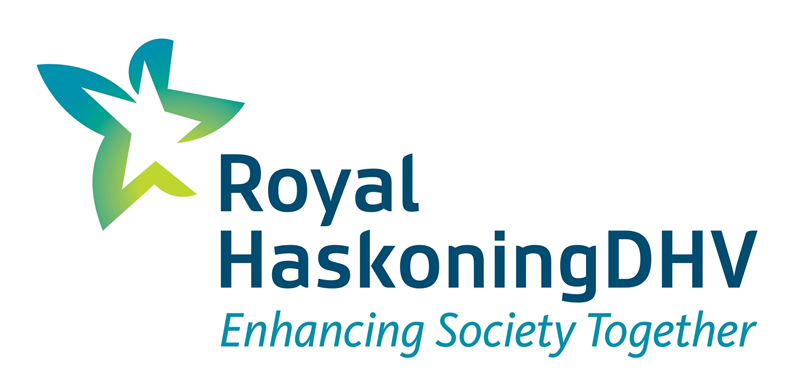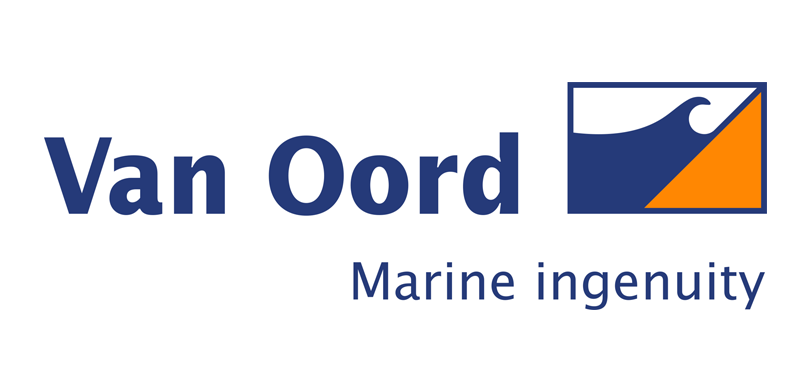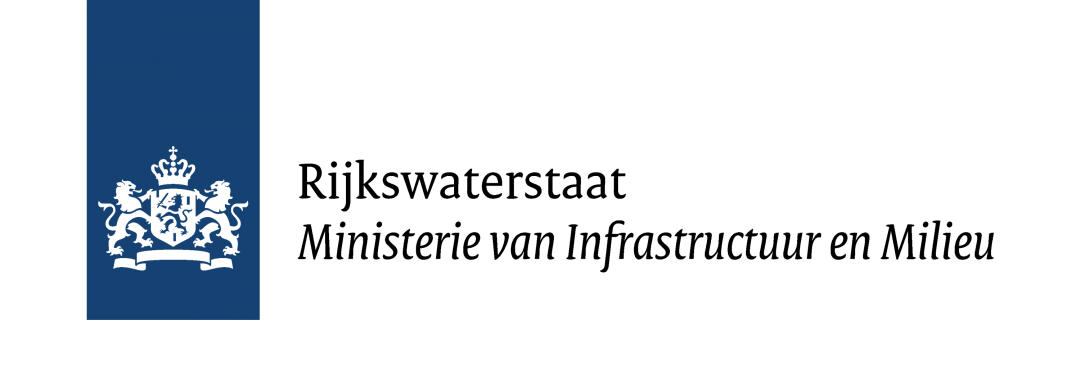On Thursday the 24th of May our annual Symposium took place, which was themed “North Sea Power” this year.
The North Sea offers great possibilities in terms of offshore energy and floating cities (additional liveable area for the expanding human population). The question of the day: `how can we tackle challenges concerning marine ecology and efficiency to make optimal use of our North Sea for our future?’
The areas relatively close to shore, which are the first that will be utilized for offshore windfarms, will provide insufficient possibilities over the long haul to develop the required volumes of offshore wind energy. This makes it necessary to look for possibilities far out at sea.
The challenges and possibilities that arise with building far out in the North Sea have been addressed by the different speakers of the day.
The first moderator of the day was Prof. dr. ir. Mark van Koningsveld, our brand new professor of Ports and Waterways. With his experience in and knowledge of the Hydraulic field, his contribution to the Building with Nature working method and his eloquence he was able to ask some critical questions, point out the relevance of the different subjects and connect the presentations perfectly.
Marlies Langbroek has a lot of experience in stakeholder engagement and fulfills the role of team lead stakeholder management and communication for the Consortium North Sea Wind Power Hub. With her first presentation she opened everyone’s eyes by means of some interesting videos. Did you know the total time of human life on Earth equals 3 seconds when you equal the existence of the Earth with 24 hours? She took the students, and all the other interested people that visited the symposium, to a larger point of view. What are all the elements that pertain the initiation phase of the North Sea Wind Power Hub? The North Sea Wind Power Hub is intended to be built far offshore to collect all the energy from different wind farms of the different nations surrounding it and transfer the energy to mainland after (storage and) transition. What is the impact of such an island? What are the benefits? How much energy is it able to provide?
Marlies’ presentation was a perfect start of the day.
After Marlies, Rutger de Graaf – van Dinther took us to a smaller perspective. His idea of floating cities, at the moment realized as floating buildings, illustrated how many solutions can solve a big problem. His presentation also showed the difficulties of making a business case out of a totally new idea. It showed the audience how to start and how to convince the investers. His idea illustrated knowledge exchange and cooperation can result in a interdisciplinary solution for a large scale problem.
After this interesting presentation, Emiel van Druten gave us a presentation about the recently finished theses with reference to the possibilities of the North Sea. Aspects like how to store energy at an offshore island to deal with the intermittence of wind energy and what would be the best location for the island were discussed. Furthermore, the whole line of research that comes with these elements of the concept of the island were outlined. This illustrated the complexity of such a project in a Hydraulic Engineering point of view.
But it is not only the Hydraulic Engineering point of view that matters in projects of this size. Ecologist Mindert de Vries, our last speaker of the day, pointed out the effects of Hydraulic Engineering on the ecosystem. Not only did he mention the big ecosystem losses over the last decades and the importance of taking the impact on ecosystem into account in your design, he also made it specific. He showed the audience some easy habitat-creating solutions and some funny mistakes like shallow water that was meant for fish to breed, but that ended up as a bird-snackbar.
The day was concluded by a keen discussion led by Tjerk Zitman. Tjerk Zitman masters the art of being a erudite critic like no one else does. With his careful preparation he was able to ask the questions the whole panel wanted to answer eagerly. His thought-out questions inspired the audience to participate and this led to a dynamic discussion.
Then, it was time for a drink and a bite. The deputies of Fugro and Royal Haskoning DHV were waiting at the Lagerhuysch for a casual Company Fair.
We want to conclude with special thanks to all the speakers and both moderators that made our symposium an inspiring, dynamic, instructive day with great enthusiasm. We want thank the people of Fugro and Royal Haskoning DHV as well, for joining our first Company Fair.
We hope to see you all next year!
